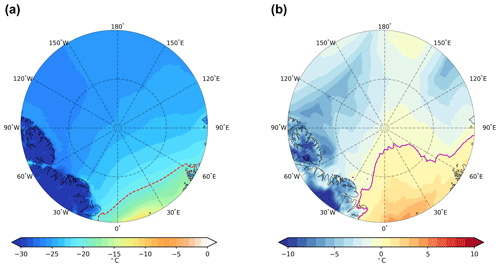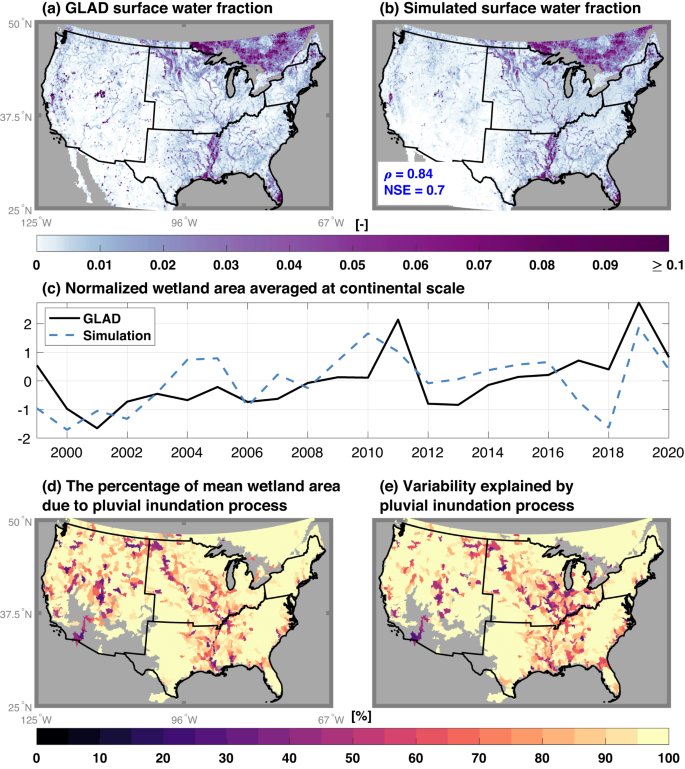2024-06-26 パシフィック・ノースウェスト国立研究所(PNNL)
<関連情報>
- https://www.pnnl.gov/publications/atmospheric-rivers-increase-winter-heat-extremes-high-arctic
- https://acp.copernicus.org/articles/24/4451/2024/
高緯度北極圏における冬季の極端な温暖化現象:特徴、要因、傾向、大気河川の役割 Wintertime extreme warming events in the high Arctic: characteristics, drivers, trends, and the role of atmospheric rivers
Weiming Ma, Hailong Wang, Gang Chen, Yun Qian, Ian Baxter, Yiling Huo, and Mark W. Seefeldt
Atmospheric Chemistry and Physics Published:17 Apr 2024
DOI:https://doi.org/10.5194/acp-24-4451-2024

Abstract
An extreme warming event near the North Pole, with 2 m temperature rising above 0 °C, was observed in late December 2015. This specific event has been attributed to cyclones and their associated moisture intrusions. However, little is known about the characteristics and drivers of similar events in the historical record. Here, using data from European Centre for Medium-Range Weather Forecasts Reanalysis, version 5 (ERA5), we study these winter extreme warming events with 2 m temperature over a grid point above 0 °C over the high Arctic (poleward of 80° N) that occurred during 1980–2021. In ERA5, such wintertime extreme warming events can only be found over the Atlantic sector. They occur rarely over many grid points, with a total absence during some winters. Furthermore, even when occurring, they tend to be short-lived, with the majority of the events lasting for less than a day. By examining their surface energy budget, we found that these events transition with increasing latitude from a regime dominated by turbulent heat flux into the one dominated by downward longwave radiation. Positive sea level pressure anomalies which resemble blocking over northern Eurasia are identified as a key ingredient in driving these events, as they can effectively deflect the eastward propagating cyclones poleward, leading to intense moisture and heat intrusions into the high Arctic. Using an atmospheric river (AR) detection algorithm, the roles of ARs in contributing to the occurrence of these extreme warming events defined at the grid-point scale are explicitly quantified. The importance of ARs in inducing these events increases with latitude. Poleward of about 83° N, 100 % of these events occurred under AR conditions, corroborating that ARs were essential in contributing to the occurrence of these events. Over the past 4 decades, both the frequency, duration, and magnitude of these events have been increasing significantly. As the Arctic continues to warm, these events are likely to increase in both frequency, duration, and magnitude, with great implications for the local sea ice, hydrological cycle, and ecosystem.



